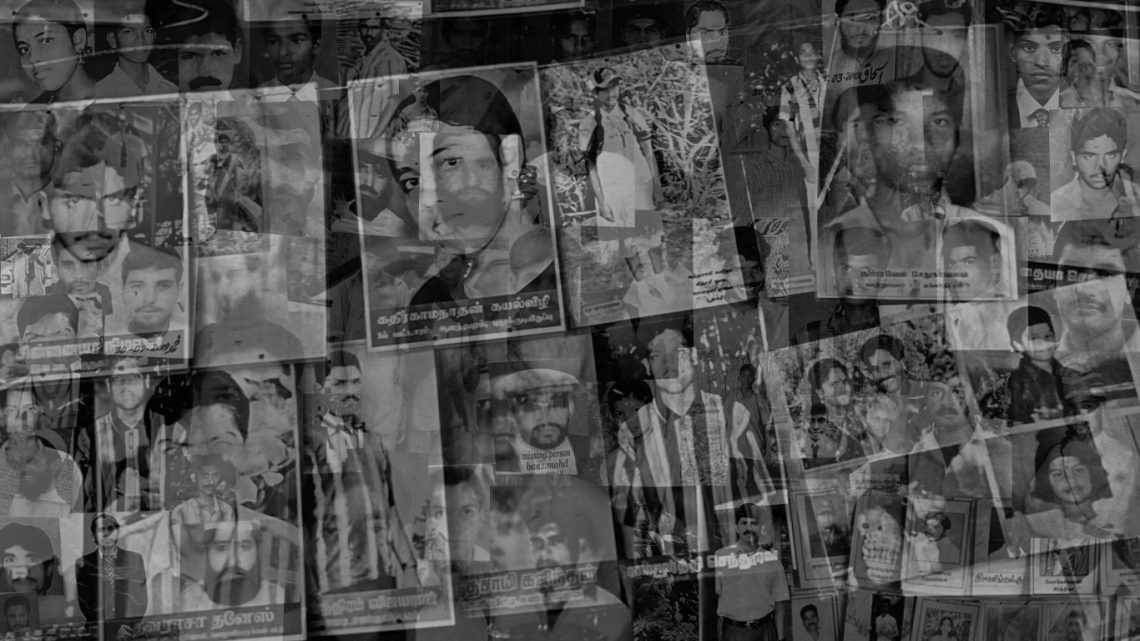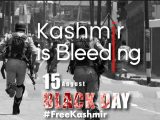
Enforced Disappearances (EDs) and the Role of Propaganda: A Critical Overview
August 13, 2024Enforced Disappearances (EDs) are a critical human rights issue, often exploited and distorted by various actors with differing agendas. This analysis explores the situation of enforced disappearances in Pakistan, particularly in relation to terrorism and insurgency, and addresses how certain groups manipulate this issue for political gain.
Enforced disappearances are a global issue, but their frequency and management vary widely by country. Here’s a comparative snapshot:
– USA: 546,568 cases
– India: 347,524 cases (Note: This figure excludes 171,627 arrests from Indian-occupied Jammu and Kashmir)
– UK: 247,064 cases
– Sri Lanka: 21,374 cases
While these figures highlight the global prevalence of enforced disappearances, they also underscore the complexity and scale of the issue.
In South Asia, Pakistan has been actively working to address enforced disappearances, with several steps taken both domestically and through international cooperation. In this regards, Commission of Inquiry for Enforced Disappearance (CoIoED) has been instrumental in addressing the issue, investigating cases, and working towards resolutions. As of recent reports:
– Out of a total of 10,285 cases, 8,015 (78%) have been resolved.
– 2,270 (22%) cases remain under process.
In Balochistan, out of 2,792 cases, 2,360 have been resolved, leaving 432 unresolved.
These statistics reflect Pakistan’s commitment to resolving the issue and addressing public concerns.
The issue of enforced disappearances is often manipulated for political or ideological purposes, particularly by hostile actors: Groups like BLA (Balochistan Liberation Army), BLF (Balochistan Liberation Front), and BRA (Baloch Republican Army) often use enforced disappearances as propaganda tools. For example: Wadood Jan, a BLA suicide bomber, was incorrectly reported as missing by his sister during protests led by Mahrang Baloch/BYC. BLA terrorist Karim Jan, killed during an attack, was misrepresented as an enforced disappearance by the CoIoED. Mahrang Baloch falsely claimed that terrorists killed in Iran were relatives of protesters, highlighting the misuse of enforced disappearances for political leverage.
Instances of individuals being wrongfully included in enforced disappearance lists include:
A drug smuggler listed as a missing person who was already imprisoned in Karachi. The individuals undergoing trial or imprisonment are often falsely reported as missing to avoid legal repercussions. The propaganda surrounding enforced disappearances often aims to shield militants and terrorists, who use the chaos to regroup and prepare for further attacks. This misuse of the issue detracts from genuine cases and undermines efforts to address the problem effectively. Also, manipulation of the enforced disappearances issue by various groups affects international perception and can influence diplomatic and humanitarian responses.
Enforced disappearances are a grave concern, but their exploitation by hostile entities and terrorist groups complicates the situation. Pakistan’s efforts to address and resolve these cases are significant, but the issue is often clouded by misinformation and propaganda. Addressing enforced disappearances requires not only robust domestic measures but also international cooperation to prevent the misuse of human rights issues for political or ideological gains.
A balanced approach that differentiates between genuine cases and propaganda is crucial for effective resolution and for maintaining credibility in the international community.

